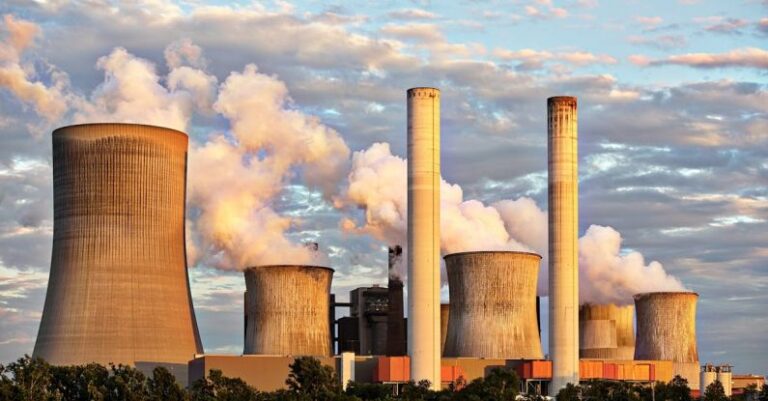
Sustainable farming, also known as regenerative agriculture, is a holistic approach to farming that aims to preserve the environment, support local communities, and ensure the long-term health of the land. This method of farming focuses on working with nature rather than against it, using practices that promote soil health, biodiversity, and water conservation. In this article, we will explore how sustainable farming works and why it is essential for the future of agriculture.
### The Principles of Sustainable Farming
At the core of sustainable farming are several key principles that guide farmers in their practices. One of the fundamental principles is soil health. Sustainable farmers prioritize building healthy soil by using techniques such as cover cropping, crop rotation, and minimal tillage. Healthy soil is essential for growing nutritious crops, sequestering carbon, and retaining water, which is crucial for sustainable agriculture.
Another key principle of sustainable farming is biodiversity. By planting a variety of crops and incorporating native plants into their fields, sustainable farmers create habitats for beneficial insects, birds, and other wildlife. This diversity helps to naturally control pests and diseases, reducing the need for chemical pesticides.
Water conservation is also a significant focus of sustainable farming. Farmers use practices such as rainwater harvesting, drip irrigation, and contour plowing to minimize water usage and prevent soil erosion. By managing water resources efficiently, sustainable farmers can maintain crop yields while preserving water quality for future generations.
### Sustainable Farming Techniques
Sustainable farmers employ a variety of techniques to promote environmental stewardship and long-term sustainability on their farms. One common practice is agroforestry, which involves integrating trees and shrubs into agricultural landscapes. Agroforestry helps to reduce erosion, improve soil fertility, and provide habitat for wildlife.
Another technique used in sustainable farming is conservation tillage. By minimizing soil disturbance, farmers can reduce erosion, retain soil moisture, and protect beneficial soil organisms. Conservation tillage also helps to sequester carbon in the soil, mitigating the effects of climate change.
Livestock rotation is another important practice in sustainable farming. By rotating animals through different pastures, farmers can prevent overgrazing, improve soil health, and reduce the need for chemical fertilizers. Livestock rotation also helps to mimic natural grazing patterns, promoting biodiversity and ecosystem resilience.
### The Benefits of Sustainable Farming
Sustainable farming offers a wide range of benefits for farmers, consumers, and the environment. By prioritizing soil health, biodiversity, and water conservation, sustainable farmers can improve crop yields, reduce input costs, and enhance the resilience of their farms to climate change.
Consumers also benefit from sustainable farming practices, as they can enjoy fresh, nutritious produce that is grown without harmful chemicals. Sustainable farming promotes local food systems, supporting small-scale farmers and strengthening community ties.
From an environmental perspective, sustainable farming plays a crucial role in mitigating climate change and preserving natural resources. By sequestering carbon in the soil, reducing greenhouse gas emissions, and protecting water quality, sustainable farming helps to create a more sustainable future for agriculture.
### In Conclusion
Sustainable farming is not just a trend; it is a fundamental shift in how we produce food and manage our natural resources. By prioritizing soil health, biodiversity, and water conservation, sustainable farmers are leading the way towards a more sustainable and resilient agricultural system. As consumers, we can support sustainable farming practices by choosing locally grown, organic produce and advocating for policies that promote environmental stewardship in agriculture. Together, we can create a more sustainable food system that nourishes both people and the planet.





